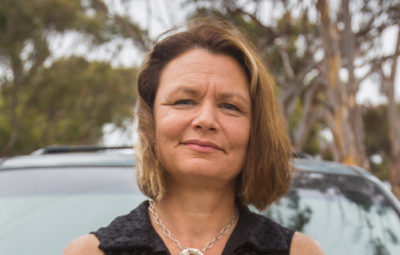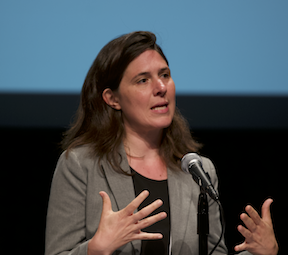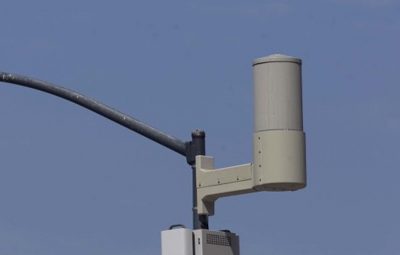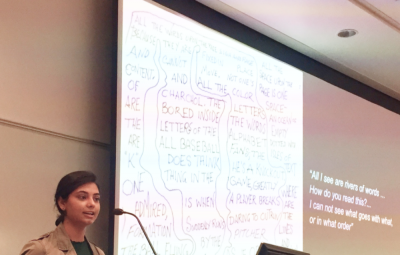SPUR TEAM 2: PROBLEM STATEMENT
Our problem statement begins with, “How might we help undergraduate students identify research opportunities that align with their research profile, class schedule, and major.”
When we discussed this problem, we empathized with our stakeholders, including undergraduate students, faculty, and administrators. We identified the different challenges and difficulties they faced.
Undergraduate students quickly need clarification about where/how to find research opportunities and get involved. Some students need more confidence in their abilities and academic performance, such as their GPA, so they avoid research opportunities. It’s not convenient for students to use digital platforms such as the REAL portal and utilize resources through these platforms. Moreover, there’s an imbalance in the awareness of research opportunities for STEM and non-STEM students. Non-STEM students may not pay attention to and value research as much as STEM students do. Also, some research opportunities have unique barriers for international students that prevent them from researching.
Similarly, faculty members need more funding to support undergraduate students, and a mismatch between Principal Investigator and student expectations makes them hesitant to take on more students.
For administrators, the problems we discussed are that there needs to be more staff/time to provide individualized guidance for students looking to do research, and it is challenging to make each research opportunity a paid position.
Discover: Stakeholder Map
When we evaluated our stakeholders, we considered the perspectives of undergraduate students, faculty, and administration and the unique challenges faced by different groups that fall under these categories. For example, a STEM student may be eager to find research opportunities because of their relevance to their major. In contrast, a non-STEM major may need to learn that research is a relevant path for them, and both may need help with opportunities not being openly available to explore their options.
Similarly, a faculty member involved with STEM may be inundated with applications and interest, and there may be little time or resources to support these efforts. In contrast, non-STEM faculty members may need more reach to recruit students.
Administrators can help facilitate these interactions between faculty and students, but this also involves collaboration, an awareness of faculty and student needs, and knowledge of available research opportunities and career resources to help guide students effectively”
Discover: Observation
Students were observed searching for research opportunities by asking a professor, asking the URH (Undergraduate Research Hub), and going on Handshake.
Our takeaways: Research opportunities take time to find. Students don’t know where to start and don’t necessarily have enough information to know whether a given opportunity is appropriate.
Discover: Empathy Maps
Our takeaways from this exercise conclude that students need help finding research opportunities because they are listed in different places, and there are other processes for various fields. They are often listed nowhere, so they must do a cold email. Students also find it intimidating to pursue research opportunities, especially if they involve cold emailing, frequently resulting in a lack of response.
Professors are inundated with undergrads who want to do research with them. Most do not need to post undergraduate positions because they can look in their inboxes.
Incentives for doing research with undergrads are low: this is optional (and sometimes costly) for the professors. Most professors have little incentive to advertise their positions at all.
There appears to be a mismatch of expectations between undergrads and their professors.
Undergrads say that they don’t necessarily know what’s expected of them or get the proper training. Professors complain that some undergrads don’t fulfill their expectations of the position, leading to “gatekeeping,” like requiring volunteer work before getting paid.
Discover: Secondary Research
Overall, the literature reports that:
- Professors are more likely to offer undergraduate research opportunities if they have time and funding.
- Funding to professors can help expand opportunities.
- There are a lot of benefits to undergrads doing undergraduate research; however, some students have research anxiety.
- Info sessions can help students be more interested in doing research. However, some students have negative experiences. It is essential to set expectations to align the mentor and the student.
- There are some institutions where every student is matched with a research project or mentor as part of the curriculum.
Define: Synthesis Matrix
After taking the time to analyze and dissect our data accurately after conducting research amongst various individuals within our targeted population, consisting of undergraduate students and faculty members, we found that both groups have different requirements or expectations when it comes to creating and identifying research opportunities that best align with a given student’s needs.
Firstly, undergraduate students generally want an efficient way to find research opportunities that align best with their personal experiences, interests, and skill sets. However, they tend to need help finding roles that are more geared towards particular concentrations but instead are only within reach of what is typically available, which can often be too generalized or unspecified. Undergrads also need more assistance finding paid roles where they feel they would be a good fit.
Regarding faculty members, they want to ensure that students are gaining a solid learning experience from their internship to inspire and uplift students. With this in mind, however, they are also looking for students who are genuinely interested and passionate about their work rather than simply having it as another resume builder. Our interviewed faculty also need help creating a process for filtering through applications to find what undergrad students would be best for the role based on mutual interest and alignment.
Define: Updated Problem Statement
After analyzing and interpreting our data thoroughly, we created an updated problem statement based on our current research. Our overall trajectory became better defined as a result, allowing us to understand better how we should tackle the issue at hand and how exactly we should tackle it. Our updated problem statement is as follows;
How might we help faculty members recruit passionate, skilled students while assisting undergraduate students in identifying research opportunities that align with their research profiles, interests, and career goals.
- We can help students and faculty align their expectations of what is involved with the research experience.
- We can help faculty offer more research opportunities and help them find better fits for their existing opportunities.
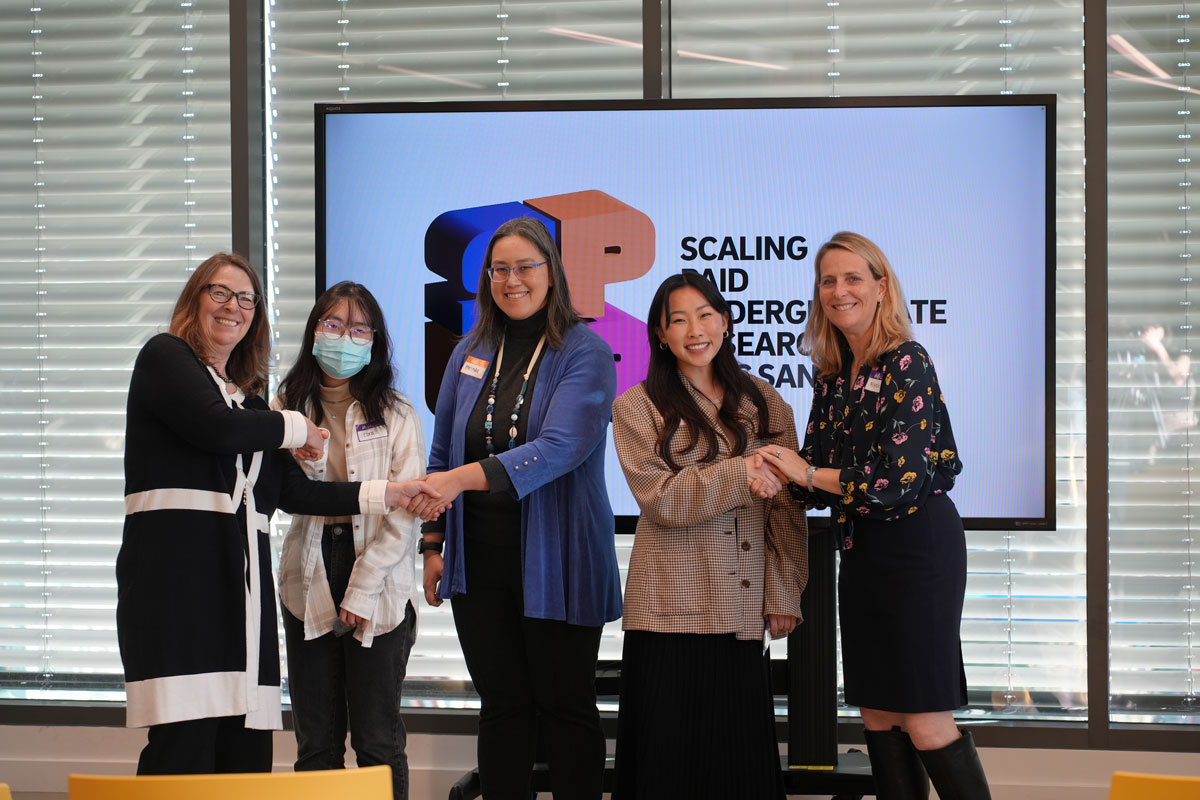
This team collaborated during the SPUR 1.0 program term to further the understanding of a problem statement and develop a potential solution. We recognize the collaborative work of the individuals who furthered our community’s knowledge of scaling paid undergraduate research.
- Veronica Abreu, Assistant Dean of Academic Advising
- Melinda Owens, Student, NeuroBiology
- Cora Ding, Student, Cognitive Sciences (Design/Int)
- Omar Khalil, Student, Cognitive Sciences
- Rachel Paner, Student, Cognitive Sciences
- Elise Kim, Student, Design & Interdisciplinary Sciences / Junior Designer Program
Thank you for evaluating this and other SPUR Team projects. Each evaluation takes approximately 2-minutes to complete.
Please review the story and answer the five questions based on your knowledge, experience, and perspective. Your feedback will help us to learn, work, and develop ideas that will impact paid undergraduate research opportunities at UC San Diego.
